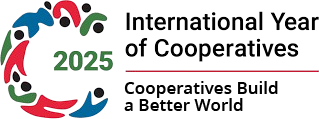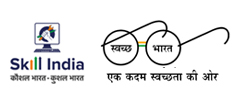Virtual education is delivered, usually via information technology networks, without restricting the learner in space or time. Virtual learning is a learning experience that is enhanced through utilizing computers and/or the internet both outside and inside the facilities of the educational organization. The instruction most commonly takes place in an online environment. The teaching activities are carried out online whereby the teacher and learners are physically separated (in terms of place, time, or both).
Distance learning conducted in a virtual learning environment with electronic study content designed for self-paced (asynchronous) or live web-conferencing (synchronous) online teaching and tutoring.
DSRVS Virtual Learning – basic characteristics and benefits
- Remote access to an unlimited array of educational services (topics and tutors) offered worldwide
- Individualized learning process that takes into consideration the personal level of competence, individual needs, and different learning styles
- Safe and secure learning environment
- Flexible learning in terms of time, location, and pace
- Cost-effectiveness, time-effective, easily scalable… and much more
SOCIAL CONSTRUCTIVISM
Teaching and learning are explained as complex interactive social phenomena that take place between teachers and students. Learning activities focus on experience sharing, teamwork, and collaborative learning.
Social constructivism finds perfect application in group discussions, brainstorming, problem-based learning, and small group activities. A great environment for these types of activities is the virtual classroom for live online teaching with interactive tools like collaborative web-conferencing, an online whiteboard, breakout rooms, screen sharing, etc.


